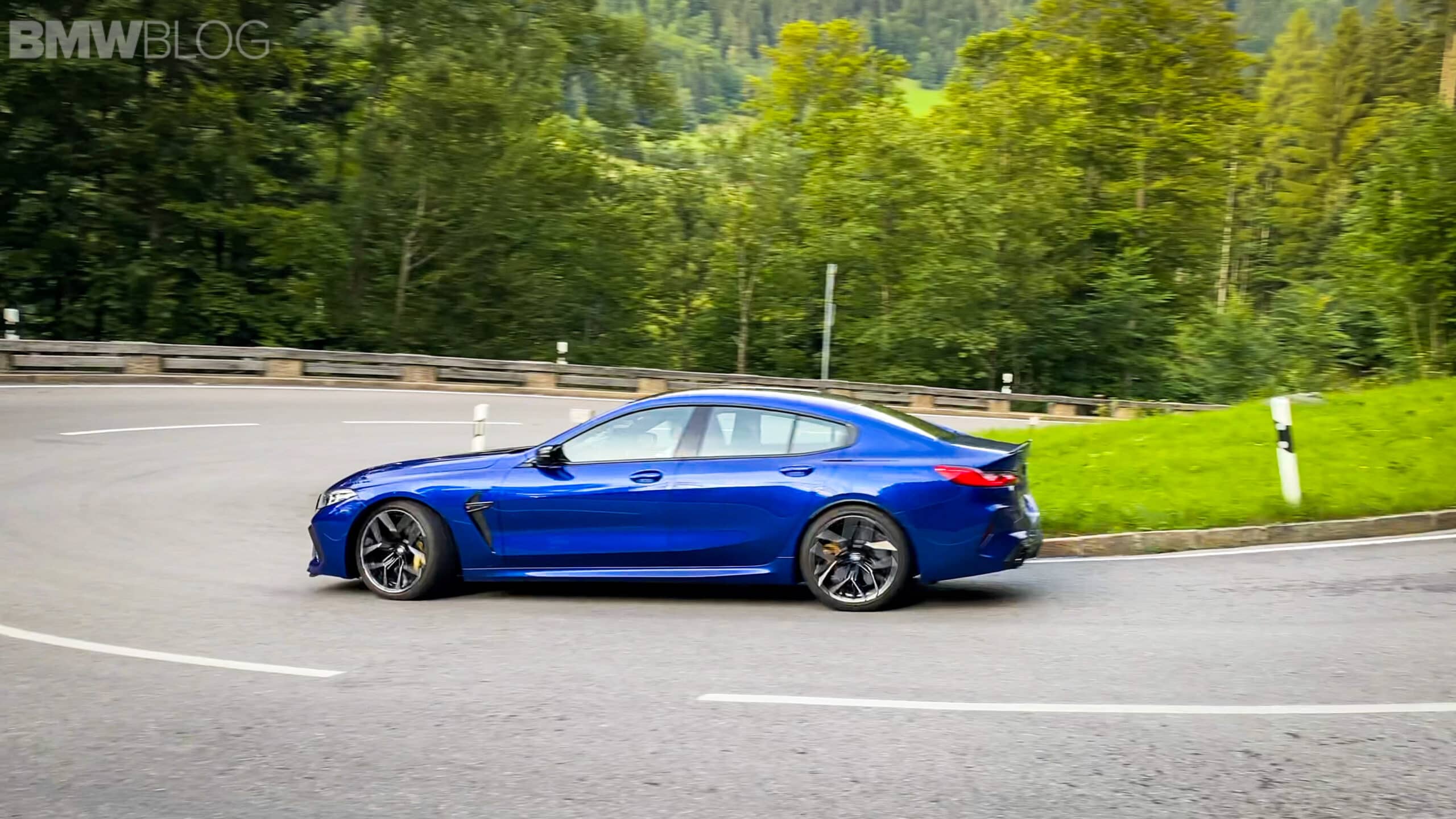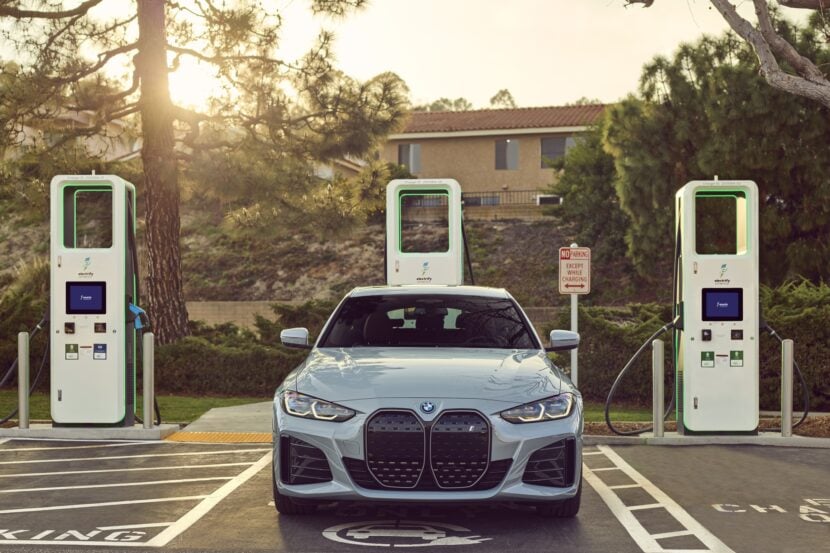Leasing is a word frequently used when deciding to purchase a car. It’s an easy way to acquire a vehicle without a huge down payment. But many times you’re paying into a car without ever building equity. But do you ever build equity into any car? Well, the answer may surprise you.
Sometimes it can be as simple as having the required (larger the better) down payment to leave yourself with the most affordable payment possible. If you don’t have the down payment, then leasing may be an alternative.
The Leasing vs Buying argument can and probably will go on for centuries. First off there is the mileage requirements on leases. Then again, maybe I don’t want to own a depreciating liability. What if I want a new car every 3 or 4 years before my warranty expires? I’m the easily bored type and can’t wait to get a new car. So why should I own? Leaving myself exposed to a future “what if” trade in value, or worse, having to slap a “For Sale” sign on my prized possession and having to subject myself to would be buyers poking and prodding at my BMW.
For the sake of this story I’m going to take a normally equipped 2011 BMW 535i, a model that sells very well and has been credited in the BMW’s best first quarter earnings in the history of the company. It is a BMW affordable to many customers in this segment, and almost 80% of them choose to lease. So what do they know that the rest of us don’t?
The MSRP of the example I’m using is $59,125 (see below the build sheet from BMWUSA for explanation of options included). This 535i is representative of what most customers are buying. I’ll be using a sale price of $56,500 for calculating the finance and lease figures. To simplify things and not introduce even more variables, I did not include your state taxes, local taxes or motor vehicle documentation in these figures. Just the options and destination.
In either of these examples your credit score plays a huge part in whether or not a bank will finance you and at what terms and rate. The better the credit, the lower the rate and length of term. For this example, we’re assuming a FICO score of 700 which is the average for most BMW purchasers.
Leasing, in its simplistic description, is a “back end” loaded finance. You are borrowing the full purchase price of the vehicle with a BMW Financial Services set “buy- out”. There is a mileage restriction on all leases. These restrictions will play into whether you should lease or not. The monthly payment is comprised of principal depreciation plus a use charge (Interest). The buyout at the end of the term can be paid in full or it can be refinanced by BMW Financial Services at the end. You will be subject to whatever the interest rates are 3 years down the road, in case you choose to finance the buyout.
Financing is simply borrowing against the collateral of the car. The payment is comprised of principal and interest. You choose how much or how little down payment, and finance the rest. Without mileage restrictions.
In our example with the 535i, the lease payment is $771 for a 36 month term with a $34,292 buy out. That brings the total to $62,048 (not including taxes and title). The important part in that figure is that you paid BMW FS $2,923 in finance charges for borrowing their money for 3 years. If you have no intention in buying the car, then your only exposure was $27,756 in payments for borrowing this new BMW 535 for 3 years. You never owned it, you built no equity. If you do buy out the lease, you will have paid $62,048.
To finance the same BMW 535 with a $10,000 down payment would leave you with a payment of $881 for 60 months at 4.9% interest. Total of payments with interest and down payment; $62,860. Pretty close to leasing the car at a total of $62,048.
The “What Ifs” of Car Purchasing
Here’s where it gets interesting.
For most people, the “what if” future value of the car is enough to scare them into leasing. After all, no one knows what the future holds and how the used car market will look like. Or worse, what if I wreck my car? What will my insurance company give me for it versus what I still owe on it? In these cases, leasing allows you to pay for the set depreciation and the rest is BMW Financial Services’ problem. If the car’s trade value isn’t worth the buyout, give it back. Or try and negotiate the buyout.
In a finance situation, you are locked in for 5 years; your payment never changes. For those of us that see security in consistency, and have the down payment, financing is your blanket. But what if after 3 years, you want to trade in your BMW? According to today’s wholesale and auction reports, a 3 year old BMW 535i with 36,000 miles is worth around $26,000. By now, you will have paid $31,716 in payments. But you still owe $21,144. So my $10,000 down payment just became $4,856 in equity. Yikes! Guess I have to keep going.
Well, after 4 years of payments totaling $42,288 and a trade value of $20,500 I’m still only left with $9,928 of equity. Getting better, but now my new car warranty is expiring. What do I do now? Go for a $3,000+ extended warranty? Trade it and hope I kept the car clean enough that it’s worth the $20,500? These are the “What ifs” that uncertainty bring.
It’s been my 20+ years of experience in the auto business that tells me unless you plan to keep this car for 5 years or longer, leasing is the way to go. With the ever changing models, technology, and resale killing redesigns, the future value of cars is always a “what if”.
As you see, both options have pros and cons and the final decision comes based on your own situation: income, down payment, and specific set of circumstances. However, based on my experience, I will tell you this: if you like to keep up with the newest and latest tech, design, or want to stay in warranty, leasing is your answer.





































































